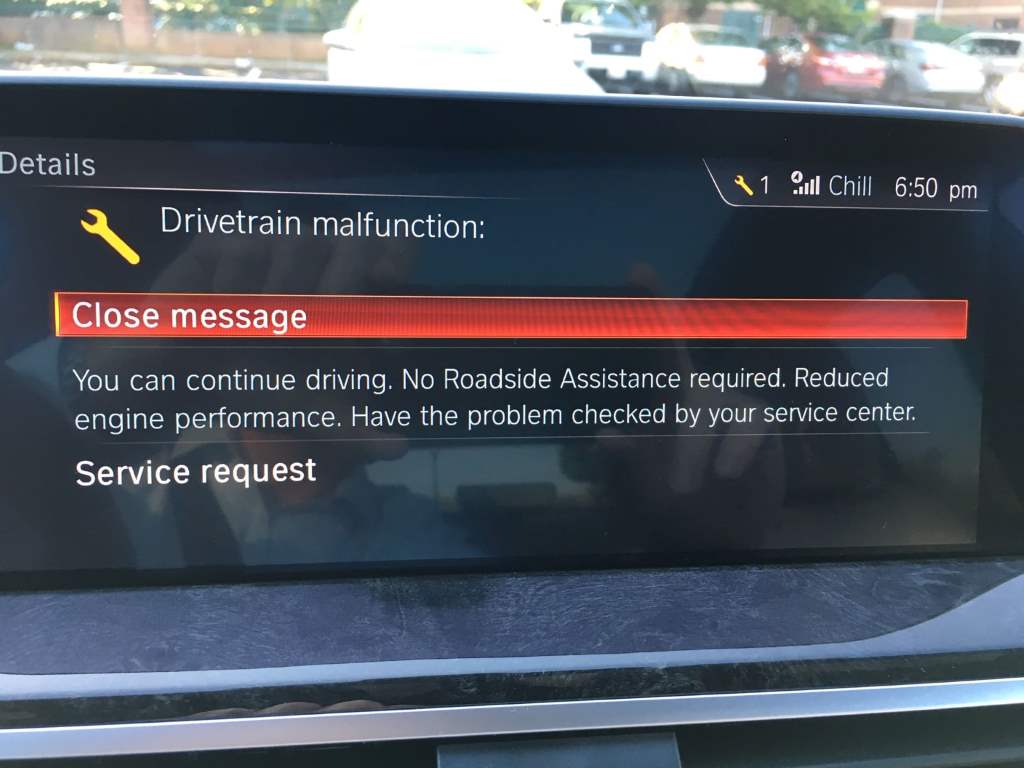How to fix drivetrain malfunction BMW can be a daunting experience for many owners. The drivetrain in a BMW includes all the components that deliver power to the driving wheels, such as the engine, transmission, drive shafts, and differential.
When a malfunction occurs, it can significantly affect the vehicle’s performance. Here’s a step-by-step guide to help you understand and potentially fix a drivetrain malfunction in your BMW.
Contents
How To Fix Drivetrain Malfunction BMW
Understanding the warning
When a BMW displays a drivetrain malfunction warning, it’s signaling an issue within the system responsible for transferring power to the wheels. This could stem from various components, including the engine, transmission, and other drivetrain parts.
The warning is typically shown as an illuminated light or message on the dashboard, urging immediate attention to prevent further damage and ensure safe operation.
Checking for common symptoms
Identifying common symptoms is crucial in diagnosing a drivetrain issue. Reduced engine performance might manifest as a lack of power or sluggish response. Unusual noises, such as grinding or whining from the transmission, indicate mechanical distress.
Difficulty in shifting gears, either too harsh or too soft, can also signal problems within the drivetrain system. Recognizing these symptoms early can guide you towards the specific area that may require repair.
Using a diagnostic scanner
Utilizing a diagnostic scanner by connecting it to the BMW’s OBD-II port allows for a more precise identification of the problem. Modern vehicles store detailed fault codes that specify which component or circuit is malfunctioning.
Reading these codes is the first step in pinpointing the exact issue within the drivetrain, facilitating a targeted approach to repairs.

Inspecting the transmission fluid
Transmission fluid plays a vital role in the smooth operation of the drivetrain, acting as a lubricant and coolant for the moving parts. Low levels of fluid or contamination with debris can lead to overheating and mechanical wear.
Checking the fluid level and its condition should be a routine part of diagnosing drivetrain issues. If the fluid is found to be low, topping it up to the required level is necessary.
In cases where the fluid is dirty or has a burnt smell, a complete fluid and filter change may be warranted.
Checking engine components
The engine’s performance is directly linked to the efficiency of the drivetrain. Components such as spark plugs, air filters, and fuel injectors must be in good condition to ensure optimal engine operation.
Worn spark plugs can cause misfires, dirty air filters can restrict airflow, and faulty fuel injectors can disrupt the fuel-air mixture, all leading to reduced performance and potential drivetrain malfunctions.
Examining the electrical system
Electrical issues, including faulty sensors or damaged wiring, can lead to drivetrain malfunctions. Sensors such as the transmission control module (TCM) and engine control module (ECM) play critical roles in the vehicle’s operation.
Ensuring these components and their connections are in good working order is essential for the drivetrain to function correctly.
Consulting a professional
If, after these checks, the issue remains unresolved or the diagnostic codes suggest a complex problem, seeking professional help is advisable.
Certified mechanics or BMW dealerships have the specialized knowledge and equipment to address intricate drivetrain repairs, ensuring the vehicle is returned to its optimal condition.

Maintaining The Drivetrain of A BMW
Maintaining the drivetrain of a BMW is crucial for ensuring the vehicle’s longevity, performance, and safety. This involves several key practices, starting with regular oil changes for both the engine and transmission.
The engine oil and filter should be changed according to the manufacturer’s recommendations, ensuring the engine runs smoothly. Transmission fluid also needs to be checked and changed at BMW’s suggested intervals to maintain optimal transmission health.
The differential fluid and, for all-wheel-drive models, the transfer case fluid are essential for the smooth operation of these components and should be maintained at the proper levels.
Attention to transmission health is vital; signs of transmission issues include difficulty shifting gears, unusual noises, or fluid leaks.
Using genuine BMW or OEM parts for any replacements guarantees that the components meet BMW’s performance and safety standards.
Adhering to BMW’s recommended service schedule is important for keeping all vehicle components, including the drivetrain, in optimal condition.
Practicing good driving habits, such as avoiding aggressive driving behaviors, reduces stress on the drivetrain components and prevents premature wear.
Addressing any drivetrain-related warning lights promptly can help catch potential issues before they escalate into serious problems.
The driving environment also plays a role in drivetrain maintenance; more frequent care may be necessary for vehicles frequently driven in harsh conditions.

Final Words
Here is your answer for your question of how to fix drivetrain malfunction bmw is an essential aspect of vehicle care that demands attention to detail, regular maintenance, and a commitment to using quality parts and fluids.
By adhering to scheduled oil changes, keeping all drivetrain fluids at optimal levels, and addressing wear and tear on components promptly, owners can significantly enhance the performance and longevity of their vehicle.



